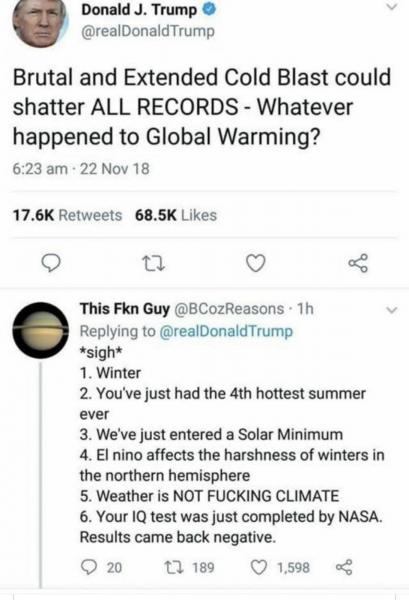- Replies 65
- Views 1.8k
- Created
- Last Reply
Popular Days
Most Popular Posts
-
Ballsack is a gullible dumb dago shitstain
-
That’s what the tax does. Increases the cost of polluting so people make adjustments and pollute less. Polluting should not be free.
-
love you rawn! :Bigfinger:
Featured Replies
Recently Browsing 0
- No registered users viewing this page.








Science.